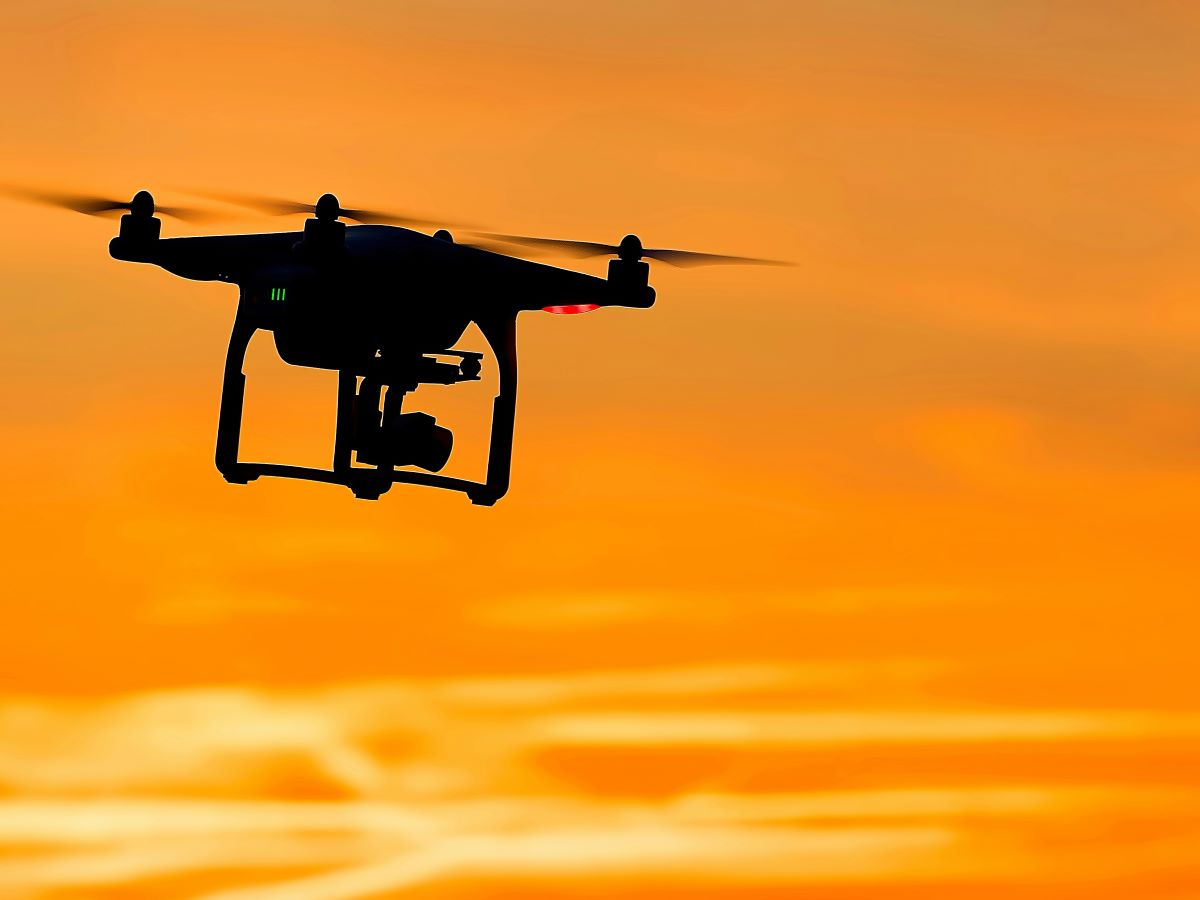The creation of new ideas and innovation in drone projects allows for a clear evolution in technology and development. The companies involved in these projects have a significant commitment to contribute with work and experience to benefit this evolution.
Under this context, ALTER as a specialist in the field actively contributes to the projects by offering its support in Drone regulation, standardization, and exploitation; as well as in the analysis of rules and functional safety. Moreover, it also participates in the performance of specific tests for the types of drones that flew over the infrastructures to be inspected.
Two of ALTER’s most significant projects in the drone sector are TRACE and DREAM. We invite you to read a little about them and download the brochure to learn more about the contribution of both projects to the drone industry and who was involved in them.
ALTER's main drone projects

TRACE PROJECT: facilitating the presence of drones in airspace
TRACE is a project funded by the European Global Navigation Satellite Systems Agency (GSA) that promotes the use of EGNOS by developing an intelligent beacon that will increase the safety levels of VLL operations and support the development of this new aviation sector.
ALTER, worried about safety, is working on technological solutions to ensure that drones operate safely in shared airspace. This concern has been conducted ALTER to lead the consortium. Several companies, such as UNIFLY, PILDO LABS, and FADA-CATEC, are participating and have been created to carry out the TRACE project.
DREAM PROJECT: increasing safety
DREAM aimed to develop an application with drones to increase safety in inspection and maintenance at a concise range in open and industrial spaces, proposing three specific use cases: inspection and maintenance of civil infrastructures, electrical installations, and industrial plants (petrochemicals).
ALTER, with the support of the final users, has been working on two test cases so that the whole work team is aligned with the objective of this task: The first one, the development of functional tests, and the second one, different flight plans for the missions established for each system.
Related post
EASA Consultation: Light-UAS Flight Termination compliance
Gain insights into EASA consultation paper on Light-UAS Means of Compliance (MoC) for FTS adoption.
EASA update: Third-country operator regulation amendment
Learn how EASA’s Opinion No. 02/2022 updates TCO Regulation, prioritizing risk-based authorization for third-country operators.
EASA publishes AMC for “enhanced containment” provisions
The AMC for “enhanced containment” provisions for drones allow the applicant to declare compliance without a design verification report.




